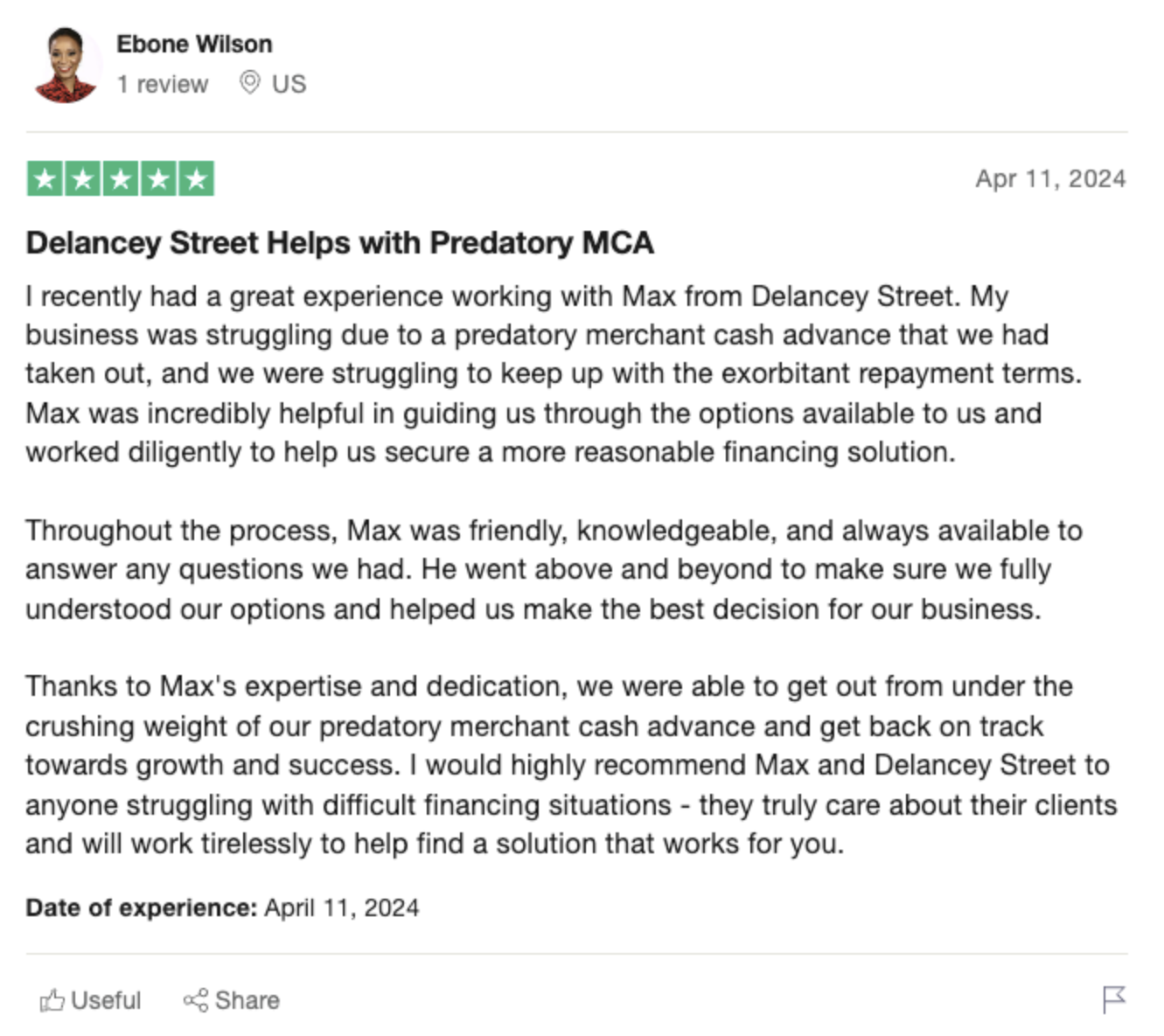Getting Out of Business Debt – A Guide for Struggling Entrepreneurs
Running a small business is tough, especially when it comes to finances. Many entrepreneurs find themselves burdened by overwhelming business debt that threatens the viability of their company. If you feel like you’re drowning in debt, don’t panic – there are things you can do to get your business back on track.
Step 1: Stop the Bleeding
Before you can start paying down debt, you need to stop accruing more of it. This means cutting unnecessary expenses, halting plans to expand or make capital investments, and only spending money on essential operating costs. Evaluate all of your business expenses and see where you can trim the fat – even small cuts add up over time.Put all plans for growth on hold and focus solely on stabilizing your company’s finances. Now is not the time to take on more loans or expenses in hopes of boosting revenue. You need to live within your means until the debt burden is reduced.
 -
-Step 2: Talk to Your Lenders
If you have outstanding loans or lines of credit, talk to your lenders explain the situation. See if they can offer some type of relief, whether it’s lower interest rates, reduced minimum payments, or deferred payments for a few months. This gives you some breathing room as you work to pay down debt.Most lenders want to help, since they’d rather get repaid slowly than not at all. Be proactive in the communication – don’t just miss payments and wait for them to contact you. That damages your credit and relationship with the lender.
Step 3: Explore Debt Consolidation
Debt consolidation essentially means rolling multiple debts into one single loan or line of credit. This can make repayment easier by lowering your monthly payments.Delancey Street specializes in debt consolidation and settlement for small businesses. The benefit is you make one monthly payment to them, rather than juggling multiple credit accounts. They have an easy online application and assign a dedicated lending advisor to each client.Consolidating can save money by reducing interest rates. Just make sure the terms are favorable and you aren’t extending loan durations. The goal is to get out of debt as fast as possible.
Step 4: Increase Income
Bringing in more revenue allows you pay off debt faster while keeping up with regular business expenses. Some options:
- Raise prices if possible (be careful not to scare off customers)
- Upsell existing customers to bring in more revenue per sale
- Market aggressively to bring in new business and customers
- Liquidate unused inventory, equipment or other assets for a cash infusion
- Offer discounts to customers who pay upfront rather than billing
Even a modest revenue increase makes a difference when trying to pay off debt quickly. The key is turning every dollar earned into debt reduction. Limit expenditures and plow all excess income directly to debt balances.
 -
-Step 5: Consider Debt Settlement
If your business is really struggling, debt settlement could be an option. This involves negotiating directly with creditors and lenders to pay a lump sum that is less than what you owe.For example, if you owe $100k, the creditor may accept a $60k lump sum payment as payment in full, forgiving the rest of what you owe. This allows you to settle debt at a discount, conserving cash flow.Delancey Street has experience negotiating debt settlements for small business clients. They take over communications with creditors and try to settle for an optimal discount on your behalf.Debt settlement does come with risks, like credit damage and getting sued by creditors. Outcomes also depend on negotiating skill. But when done properly, settlements can save a failing business.
Step 6: Improve Cash Flow
Managing cash flow is imperative when trying to restore financial stability and pay off debt. Here are some tips:
- Institute tighter credit policies for customers to improve collections
- Offer discounts for early payment on invoices to accelerate cash inflow
- Delay vendor payments as long as reasonably possible (don’t stiff suppliers though)
- Reduce inventory on hand to cut those asset costs
- Manage receivables diligently with customer statements, reminders etc
The goal is optimizing the timing of cash inflows and outflows to ensure sufficient balances to make debt payments. Even with increased revenue, poor cash flow management can mean you still come up short on debt obligations.
Step 7: Make Debt Payoff a Priority
Digging out from under oppressive business debt is not easy, but entirely doable with focus, discipline, and most importantly – prioritization. Treat debt pay down as a top business goal and be prepared to make sacrifices in other areas until you’ve achieved freedom from debt.Institute an emergency budget, stick to essential expenses only, and continually find ways to devote more revenue to debt balances. You may need to forego salary increases, postpone hiring, minimize inventory, operate from a smaller facility, etc for a period of time.While painful in the short term, the long term payoff of operating a debt-free business is worth the temporary austerity measures and focus on debt reduction. Don’t get discouraged – chip away at it steadily and the balances will continue to shrink.Before you know it, you’ll be back on stable financial footing and able to operate your business without the crushing weight of debt dragging you down. Just stick to the plan, make smart financial decisions, and keep the end goal in sight. You’ve got this!







